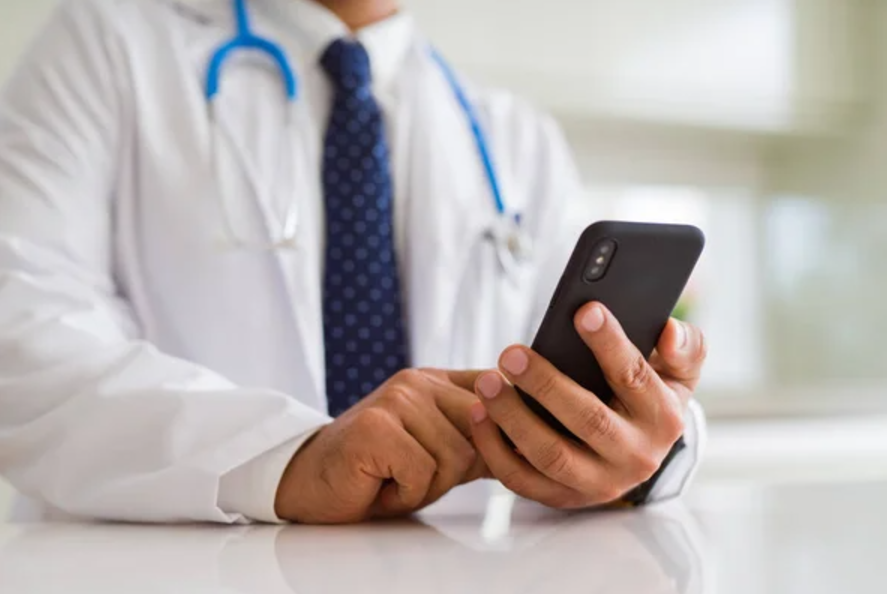In recent years, healthcare facilities have adopted automated texting technology as a way to improve communication and offer patients high-quality care with less disruption from administrative tasks. They are one of the significant communicational shifts that are making healthcare provision more efficient and convenient to patients. Following are a few ways in which automated texting can improve healthcare services.
1. Appointment Reminders and Confirmations
The automated texting assists healthcare providers in ensuring they remind patients of their appointments and confirm their appointments. Failure to attend the appointed time results in congestion within facilities offering the services. The patients are likely to remember their appointments on time whenever they receive a text message on their phone.
These messages can also be focused on other details and concerning actions such as preparation for various procedures recommended or changes in the physical location of the practice centre. Such message and call alerts make it easier for patients to receive a reminder through text than through a call to have them reply or request for rescheduling, helping the doctor manage patient flow and come up with good schedules.
2. Improving Patient Engagement
Being able to inform patients about their health statuses and health plans continuously is one of the ways that an automated texting service could enhance patient involvement. It is possible to use text messaging to broadcast medication prescriptions, post-treatment prescriptions, or self-care education. In this method, medical professionals can give patients informative information on a regular basis to make sure they are following the rules and getting better health outcomes. Additionally, it can offer a practical means of keeping track of the patient’s progress without disrupting their privacy, interfering with their recovery, or answering any queries they might have. In addition to improving communication with stakeholders and building trust, this also helps patients receive better treatment overall.
3. Streamlining Administrative Tasks
Automating repetitive tasks can help reduce the administrative strain that frequently overwhelms healthcare facilities. Automated texting can do a number of administrative tasks, including asking patients for their health information prior to an appointment, providing consent paperwork, and verifying insurance information. The elimination of manual data input and phone calls frees up staff members to focus on other crucial aspects of patient care. Routine data can be effectively gathered and managed by an automated SMS service, guaranteeing that patient records are current and the office functions well. This lowers the possibility of human error while simultaneously improving operational efficiency. Additionally, it makes it possible to respond more quickly, which raises patient satisfaction levels and promotes a more orderly hospital setting.
4. Providing Critical Health Alerts
One useful method for informing patients about important health information and notifications is automated texting. It can be used by providers to promptly notify patients about pressing matters, including outbreaks, emergency health instructions, or cancellations of appointments. For example, automated text messages can be used to inform patients about changes in healthcare rules or flu outbreaks, among other things. Additionally, in an emergency, an organization can use automated communications to reach a large number of patients at once. Healthcare practitioners can use this technology to make sure their patients are informed without overburdening personnel or depending on less efficient means of communication, such as physical mail or email.
5. Enhancing Patient Satisfaction
Automated texting increases patient satisfaction since the patient is given a chance to receive timely, clear, and important information in the comfort of their home. Patients enjoy using text to talk about their health directly to the service providers without having to make a phone call and waiting in a loop. Using automated texts also reduces the time that patients need to spend remembering everything they were told during the appointment eliminating barriers in healthcare communication. Such convenience leads to improved patient satisfaction as well as the patient’s confidence in the system. Automated texting also makes the process of communication easier, which in turn improves patient outcomes and their satisfaction resulting from the whole experience.
Conclusion
The use of automated text is revolutionizing healthcare because the method is more efficient and suits the patient’s abilities better than traditional forms of communication. They include engagement with patients, appointment reminders, and even administrative job efficiency. Automated texting represents one of the opportunities for healthcare providers to increase organizational effectiveness, customer satisfaction, and, consequently, the level of patients’ enclosed communication.











